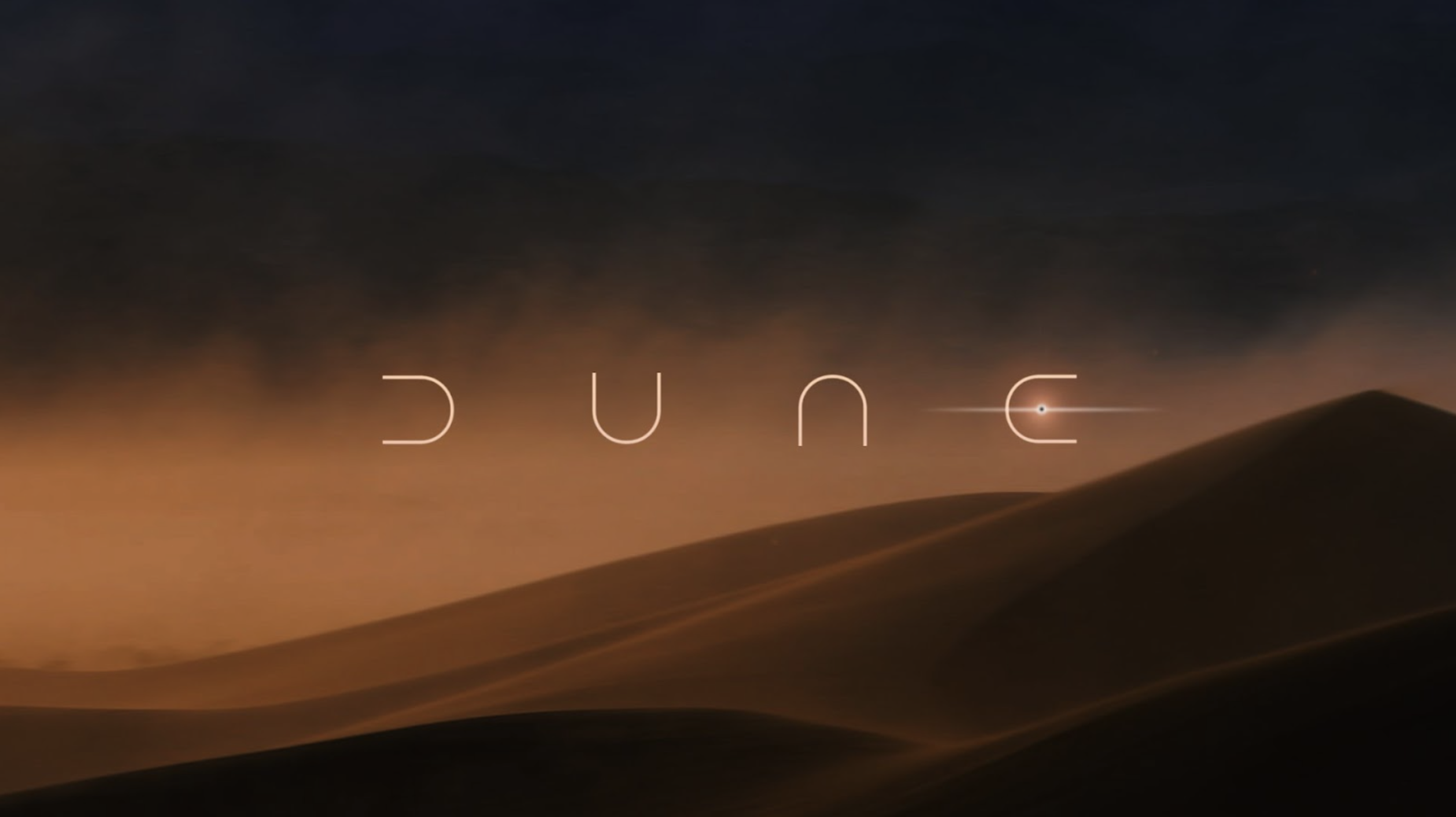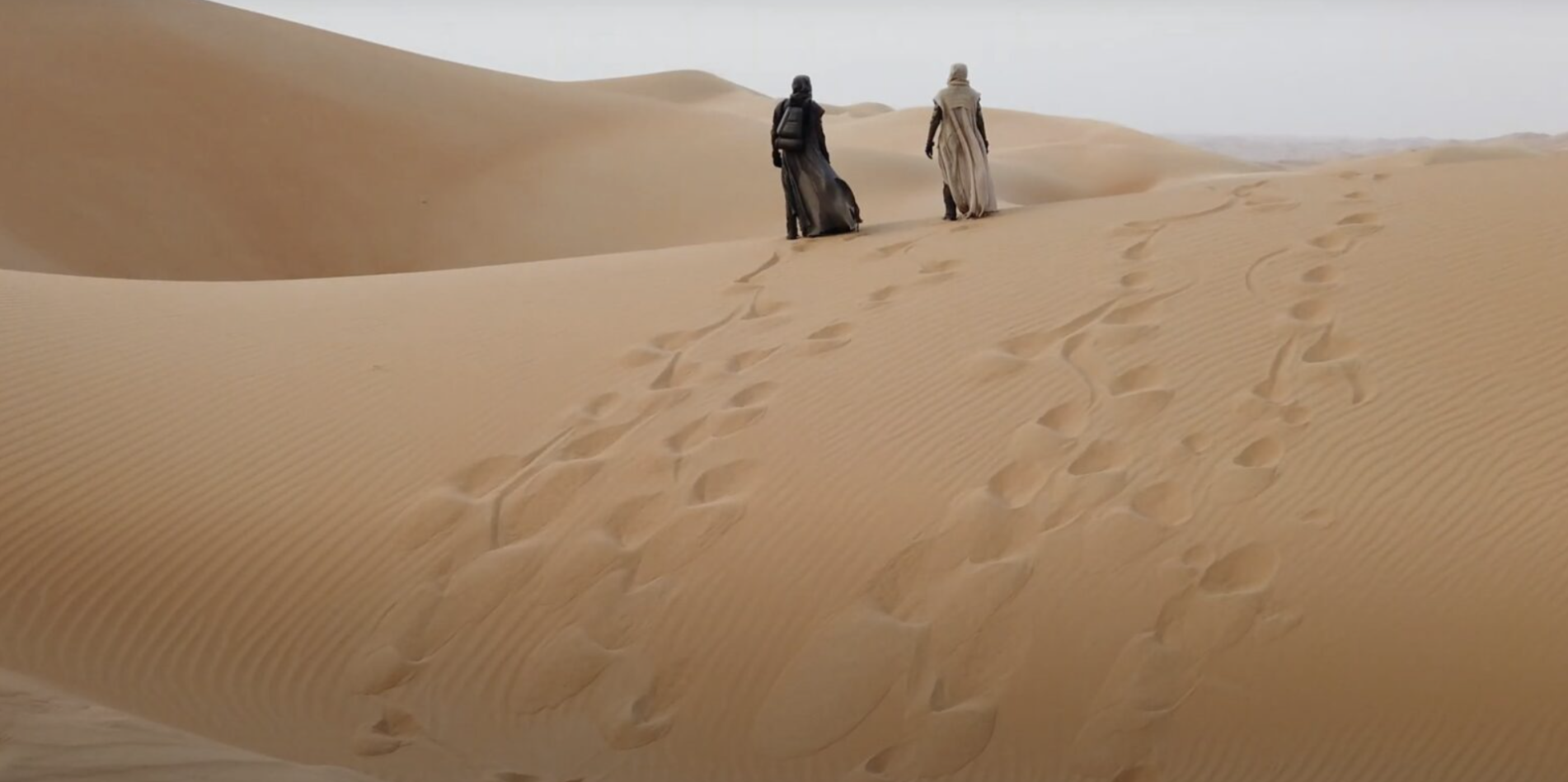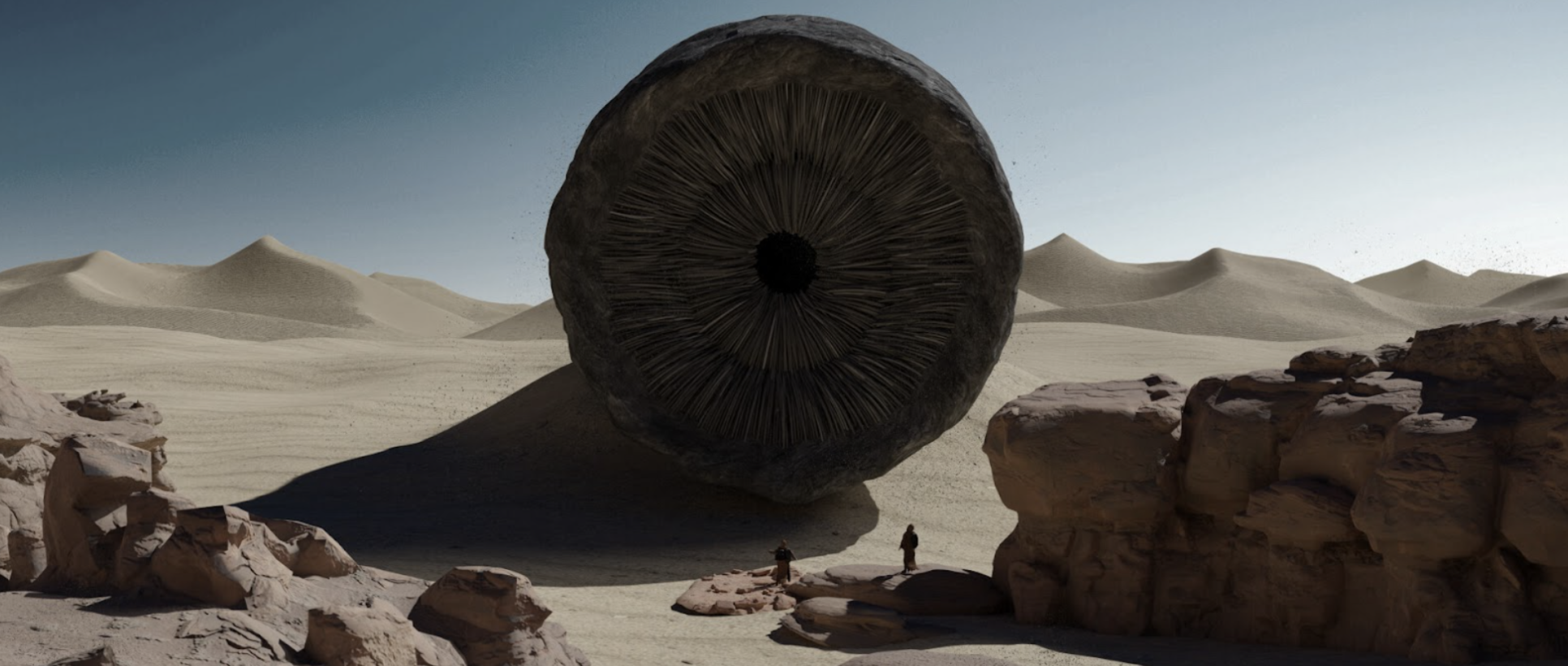Cli-Fi Review — Third Time's a Charm: The Evolution of Dune’s Environmental Message Across Film Adaptations
March 1, 2024
In 2023, students in a course called "Sustainability & Utopianism" penned reviews of various works of climate fiction, or "cli-fi." Their selections spanned literature, film, and television narratives set in present-day reality, or near-future scenarios, and even fictional worlds grappling with climate change. Collectively, these reviews shed light on textual and cinematic themes such as dystopia, scarcity, Afro-futurism, and climate disasters. The Cli-Fi Review aims to be a valuable resource for those seeking insights into our current environmental moment, and a source of inspiration for future climate fiction writers.
We’re looking forward to the release of the anthology this spring which will join our growing collection of My Climate Story storytelling resources. In the meantime, we are excited to offer a preview from Ashtyn Wright, focusing on the climate fiction aspects in the various Dune adaptations! As a timely bonus, this Field Note coincides with the theatrical release of the most recent Dune sequel from director Denis Villeneuve— Dune: Part Two.
By Ashtyn Wright
In the world of film, science fiction has become the genre of the twenty-first century. Whether propelled by the cultural reception of film franchises like Star Wars and Blade Runner, the successful adaptations of novels like Andy Weir’s The Martian or Arther Clarke’s 2001: A Space Odyssey into blockbuster films, or our changing cultural consciousness, science fiction films have thoroughly cemented their position in the cultural landscape. Yet, such tendencies for literature-to-film adaptations are not always as successful in re-translating their original messages as they are at garnering critical acclaim. And, in the context of Frank Herbert’s Dune, an adverse relationship with film adaptations garnered the announcement of a new theatrical attempt a pretty lukewarm response.

The title screen from director Denis Villeneuve’s 2021 film, Dune: Part One. The announcement of this adaptation was met with a lukewarm response from skeptics of a successful film version of Frank Herbert's 1965 novel.
Published as a series of epic science fiction novels in 1965, Frank Herbert’s Dune is set thousands of years in the future in a neo-feudalist society that has rejected artificial intelligence in favor of human advancement. The humans of Herbert’s Dune boast parapsychological abilities that grant them cognitive skills similar to that of machinery, and the world’s dominant technologies are powered by the psychotropic drug melange (or “spice''), indigenous to the barren desert planet of Arrakis. Thus, Dune tells its story of interstellar colonial enterprise and warns against ecological devastation through the story of Paul Atreides, prince of the aristocratic House Atreides who has recently acquired rule over Arrakis and its spice production.
Underneath the motifs of geopolitics, trade, autocratic rule, and resource exploitation throughout Herbert’s novels lies a greater emphasis on how Dune’s natural environment is an integral influence upon all of its other productions. The ecology of Dune is a vital force created through Herbert’s complex world-building; however, the complexities of the Dune universe are exactly what rendered it seemingly unadaptable. Herbert’s original story spans six four-hundred to six-hundred-page novels, that are increasingly difficult to cut down into an under two-hundred-minute run-time without coopting the narrative for pacing or simplicity. This Achilles heel made the novel’s first major film adaptation in 1984 by David Lynch an “incomprehensible, ugly, unstructured” poorly received mess that yielded one star in the Chicago Sun-Times movie review (Ebert). Complaints about the film’s lack of artistic direction, obsolescent levels of gore, inaccessibility to the general viewer, and use of cheap special effects further rendered it “the worst film of 1984.”
No stranger to the world of sci-fi, director Denis Villeneuve’s 2021 reimagining of the Dune franchise seems to reassert the ecological landscape essential to the messages of Herbert’s novel in a way that is slightly more understandable to everyday viewers. Herbert’s Dune originally “presented a planet humans had to work to make habitable;” but Villeneuve’s close lens on the novels’ primary narrative with the film’s ensemble cast, and simultaneous focus on the environment that surrounds these characters forces audiences to actually pay attention to the messages of the film (Duffy). He casts a slew of lauded film stars and places them in a physical environment mirroring countries his Western-centric audiences may view as “third world” to be the vision of our future under climate change.

No stranger to the world of sci-fi, director Denis Villeneuve’s 2021 reimagining of the Dune franchise seems to reassert the ecological landscape of a world that " humans had to work to make habitable" essential to the messages of Herbert’s novel.
While Villeneuve’s adaptation only covers half of Frank Herbert’s first installment to the Dune series, the decision allows the film to assume a more ambitious scope usually ignored in favor of exploring the extensive exposition of the novel’s futuristic world. The film’s limited content allows watchers to become engrossed by the interstellar commerce and politics critical to understanding the world of Dune. Furthermore, Villeneuve’s attention to the importance of cinematic storytelling cushions the ecological ethos constructed within the novel. His version places more female characters in central positions within the story, not shying away from changes that make the film more inclusive, like changing the gender of Arrakis’s imperial paleontologist, Liet-Kynes, to cast a female actor. Ultimately, the few weaknesses of the film lie in its inability to be passively watched, due to a dependence on visual and musical storytelling, instead of purely explaining things through the film’s dialogue. This heavy emphasis on the film’s visual nature can, at times, feel a bit inaccessible to watchers who are not necessarily invested in using the film’s imagery to further analyze its message or people looking to sit down and watch a light-hearted science fiction film based on their favorite novel.

Sandworms are colossal, worm-like creatures that live on the desert planet Arrakis in "Dune."
Despite such “pitfalls,” Dune is still a wonderful movie to watch. It is refreshing to watch a science fiction film whose futurism exists independently from modern technology, with customs that can sometimes seem almost medieval. Undoubtedly, the editing, visual nature, and score of Villeneuve’s adaptation create a stunning narrative where attention to detail and motif shine through.
About the Author
Ashtyn Wright is a sophomore undergraduate student from Los Angeles, studying Communications and Consumer Psychology at the University of Pennsylvania. Her studies include examining the way pop culture reflects the social world and how mass media may be used by communities as a tool for justice.
Works Cited
Duffy, S. (2015, August 31), ‘Dune’ at 50: Why the Groundbreaking Eco-Conscious Novel is More Relevant than Ever. Flavorwire. Retrieved December 1, 2022, from https://www.flavorwire.com/535249/dune-at-50-why-the-groundbreaking-eco-conscious-novel-is-more-relevant-than-ever
Ebert, R. (1984, January 1). Dune Movie Review & Film Summary (1984): Roger Ebert. Dune Movie Review. Retrieved December 14, 2022, from https://www.rogerebert.com/reviews/dune-1984
